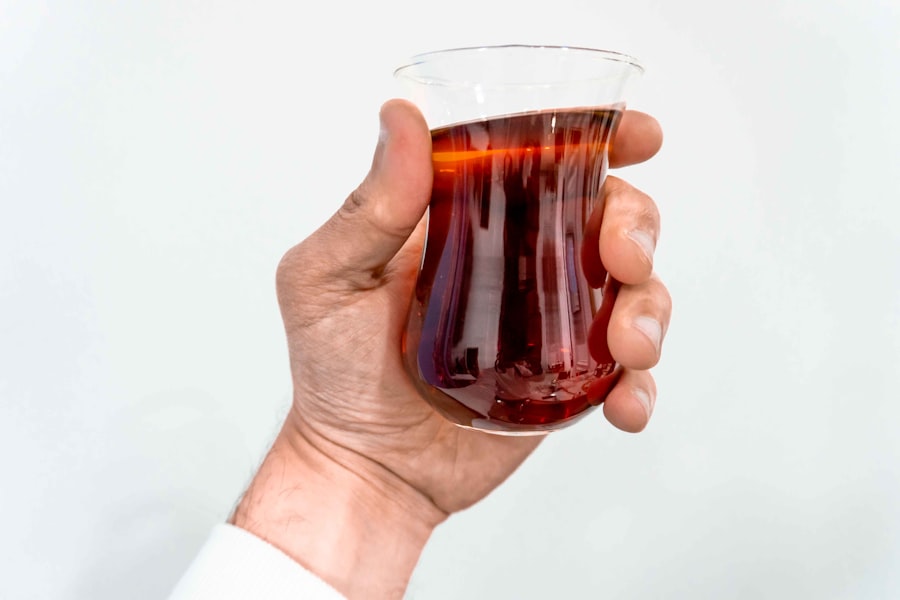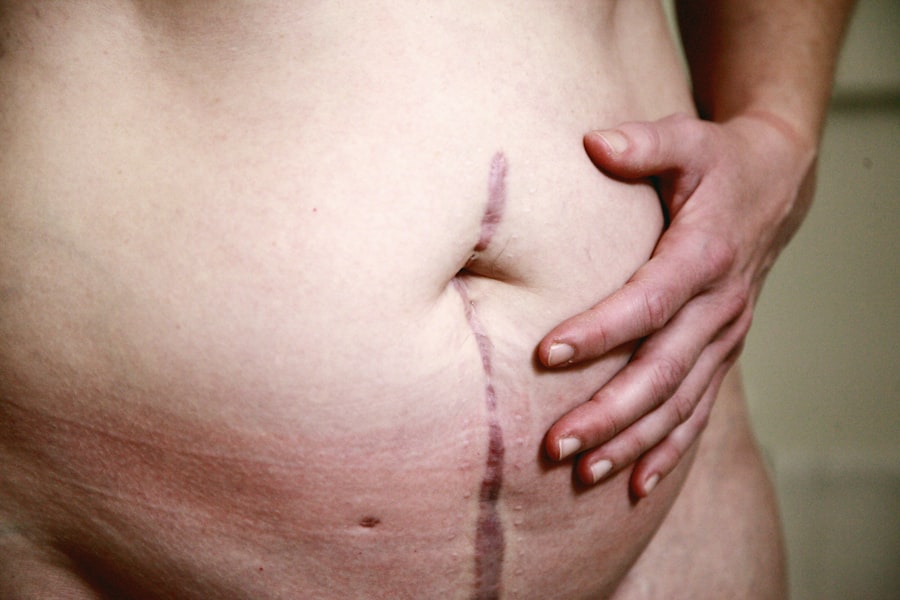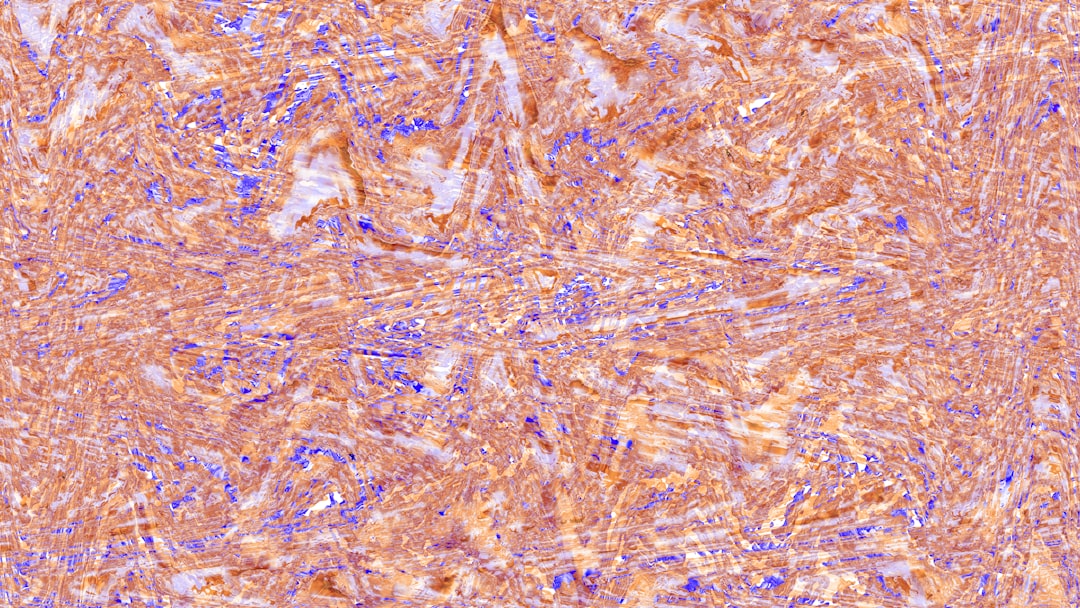Non-Alcoholic Fatty Liver Disease (NAFLD) is a condition that affects many individuals worldwide, characterized by the accumulation of fat in the liver without the influence of alcohol consumption. This condition can range from simple steatosis, where fat is present in the liver but without inflammation or damage, to non-alcoholic steatohepatitis (NASH), which involves inflammation and can lead to more severe liver damage.
As you delve deeper into the complexities of NAFLD, you may find that it is often associated with metabolic syndrome, a cluster of conditions that includes obesity, type 2 diabetes, and dyslipidemia. The liver plays a vital role in your body’s metabolism, and when fat accumulates, it can disrupt normal liver function. This disruption can lead to a cascade of health issues, making it essential for you to be aware of the signs and implications of this disease.
Key Takeaways
- Non-Alcoholic Fatty Liver Disease (NAFLD) is a condition where excess fat is stored in the liver, not caused by alcohol consumption.
- Causes and risk factors for NAFLD include obesity, insulin resistance, high cholesterol, and type 2 diabetes.
- Symptoms of NAFLD may not be noticeable, but can include fatigue, pain in the upper right abdomen, and an enlarged liver. Diagnosis is typically made through blood tests and imaging studies.
- Lifestyle changes such as weight loss, healthy diet, and regular exercise are crucial in reversing NAFLD.
- Dietary recommendations for reversing NAFLD include reducing sugar and refined carbohydrates, increasing fiber intake, and consuming healthy fats.
Causes and Risk Factors for Non-Alcoholic Fatty Liver Disease
The causes of NAFLD are multifaceted and can vary from person to person. One of the primary contributors is obesity, particularly central obesity, where excess fat is stored around the abdomen. If you find yourself struggling with weight management, it’s important to recognize that this can significantly increase your risk for developing NAFLD.
Additionally, insulin resistance plays a critical role; when your body becomes less responsive to insulin, it can lead to increased fat accumulation in the liver. Other risk factors include age, gender, and genetic predisposition. As you age, your risk for NAFLD increases, particularly if you are male.
Certain ethnic groups, such as Hispanic Americans, are also at a higher risk. Furthermore, conditions like high blood pressure and high cholesterol can exacerbate the likelihood of developing this disease. Understanding these risk factors can empower you to take proactive steps in managing your health.
Symptoms and Diagnosis of Non-Alcoholic Fatty Liver Disease

NAFLD is often referred to as a “silent” disease because many individuals may not experience noticeable symptoms in the early stages. However, as the condition progresses, you might begin to notice fatigue, discomfort in the upper right abdomen, or unexplained weight loss. These symptoms can be vague and easily attributed to other health issues, which is why awareness is key.
If you suspect you may be at risk or are experiencing any concerning symptoms, seeking medical advice is crucial. Diagnosis typically involves a combination of medical history evaluation, physical examination, and imaging tests such as ultrasound or MRI. Blood tests may also be conducted to assess liver function and rule out other liver diseases.
If you are diagnosed with NAFLD, it’s essential to understand that early detection can significantly improve your prognosis and allow for effective management strategies.
The Importance of Lifestyle Changes in Reversing Non-Alcoholic Fatty Liver Disease
| Lifestyle Change | Effect on NAFLD |
|---|---|
| Healthy Diet | Reduces liver fat accumulation and improves liver function |
| Regular Exercise | Helps in weight loss and reduces liver fat |
| Weight Loss | Improves insulin sensitivity and reduces liver inflammation |
| Avoiding Alcohol | Prevents further liver damage |
| Quitting Smoking | Reduces oxidative stress and inflammation in the liver |
Making lifestyle changes is paramount in reversing NAFLD and preventing its progression. You have the power to influence your health through your daily choices. By adopting healthier habits, you can significantly reduce liver fat and improve overall liver function.
This process often begins with a commitment to a balanced diet and regular physical activity. Moreover, lifestyle changes extend beyond diet and exercise; they also encompass stress management and adequate sleep. Chronic stress can lead to unhealthy eating patterns and weight gain, while poor sleep quality can disrupt metabolic processes.
By prioritizing these aspects of your life, you create a holistic approach to reversing NAFLD that addresses both physical and mental well-being.
Dietary Recommendations for Reversing Non-Alcoholic Fatty Liver Disease
When it comes to dietary recommendations for reversing NAFLD, focusing on whole foods is essential. Incorporating plenty of fruits, vegetables, whole grains, lean proteins, and healthy fats into your meals can help reduce liver fat. Foods rich in omega-3 fatty acids, such as fatty fish, walnuts, and flaxseeds, are particularly beneficial for liver health.
You might also consider reducing your intake of refined carbohydrates and sugars, as these can contribute to fat accumulation in the liver. Additionally, staying hydrated is crucial for maintaining optimal liver function. Drinking plenty of water throughout the day can aid in digestion and help your body eliminate toxins more effectively.
As you make these dietary changes, remember that moderation is key; allowing yourself occasional treats can help you maintain a sustainable approach to healthy eating.
Exercise and Physical Activity for Reversing Non-Alcoholic Fatty Liver Disease

Regular physical activity is another cornerstone in reversing NAFLD. Engaging in both aerobic exercises—such as walking, running, or cycling—and strength training can help you burn fat and improve insulin sensitivity. Aim for at least 150 minutes of moderate-intensity aerobic activity each week combined with muscle-strengthening activities on two or more days per week.
Incorporating movement into your daily routine doesn’t have to be daunting; even small changes can make a significant difference. Consider taking the stairs instead of the elevator or going for short walks during breaks at work. Finding activities you enjoy will make it easier to stay consistent with your exercise regimen and ultimately support your journey toward better liver health.
Managing Weight and Reversing Non-Alcoholic Fatty Liver Disease
Weight management plays a critical role in reversing NAFLD. If you are overweight or obese, even modest weight loss—around 5-10% of your total body weight—can lead to significant improvements in liver health. This reduction in weight can decrease liver fat content and inflammation while enhancing insulin sensitivity.
To effectively manage your weight, consider setting realistic goals and tracking your progress. Keeping a food diary or using mobile apps can help you stay accountable for your dietary choices and physical activity levels. Remember that weight loss is a gradual process; celebrating small victories along the way can keep you motivated on your journey toward better health.
Medications and Supplements for Reversing Non-Alcoholic Fatty Liver Disease
While lifestyle changes are the foundation for reversing NAFLD, certain medications and supplements may also play a role in managing the condition. Currently, there are no FDA-approved medications specifically for NAFLD; however, some drugs used to treat related conditions—such as diabetes or high cholesterol—may have beneficial effects on liver health. Supplements like vitamin E have shown promise in some studies for improving liver function in individuals with NASH.
However, it’s essential to consult with your healthcare provider before starting any new medications or supplements to ensure they are appropriate for your specific situation.
Monitoring and Follow-Up for Reversing Non-Alcoholic Fatty Liver Disease
Regular monitoring and follow-up with your healthcare provider are vital components of managing NAFLD effectively. Your doctor may recommend periodic blood tests to assess liver function and imaging studies to evaluate changes in liver fat over time. These check-ups allow for timely adjustments to your treatment plan based on your progress.
Additionally, maintaining open communication with your healthcare team can help address any concerns or questions you may have throughout your journey. Being proactive about your health will empower you to take control of your condition and make informed decisions regarding your lifestyle choices.
Potential Complications of Non-Alcoholic Fatty Liver Disease
If left untreated, NAFLD can lead to serious complications such as cirrhosis or liver cancer. The progression from simple fatty liver to NASH increases the risk of developing these severe conditions due to ongoing inflammation and damage to liver cells. Understanding these potential complications underscores the importance of early intervention and lifestyle modifications.
Moreover, NAFLD has been linked to an increased risk of cardiovascular disease and other metabolic disorders. By addressing NAFLD through lifestyle changes and regular monitoring, you not only protect your liver but also reduce the risk of developing other serious health issues.
Seeking Support and Resources for Reversing Non-Alcoholic Fatty Liver Disease
Embarking on the journey to reverse NAFLD can be challenging; however, seeking support from healthcare professionals, support groups, or online communities can provide valuable resources and encouragement along the way. Connecting with others who share similar experiences can help you feel less isolated and more motivated to make positive changes. Additionally, consider working with a registered dietitian or nutritionist who specializes in liver health to create a personalized meal plan that aligns with your goals.
Reversing non-alcoholic fatty liver disease (NAFLD) involves a combination of lifestyle changes, dietary adjustments, and regular physical activity. A related article that provides insights into managing and potentially reversing NAFLD can be found on Explore Senior Health. This resource offers valuable information on how seniors can adopt healthier habits to improve liver health. For more detailed guidance, you can read the full article by visiting Explore Senior Health.
WATCH THIS! 🧃The 60-Year Liver Lie: Why Your “Healthy” Juice Is Destroying Your Liver
FAQs
What is non-alcoholic fatty liver disease (NAFLD)?
Non-alcoholic fatty liver disease (NAFLD) is a condition where excess fat is stored in the liver, not caused by alcohol consumption. It can lead to inflammation and liver damage.
What are the symptoms of NAFLD?
NAFLD often has no symptoms in the early stages. As the disease progresses, symptoms may include fatigue, weakness, weight loss, abdominal pain, and jaundice.
What are the risk factors for developing NAFLD?
Risk factors for NAFLD include obesity, type 2 diabetes, high cholesterol, high blood pressure, and metabolic syndrome. Genetics and certain medications can also contribute to the development of NAFLD.
How is NAFLD diagnosed?
NAFLD is often diagnosed through blood tests, imaging studies such as ultrasound or MRI, and sometimes a liver biopsy to confirm the diagnosis and assess the severity of the disease.
Can NAFLD be reversed?
Yes, NAFLD can be reversed through lifestyle changes such as weight loss, a healthy diet, regular exercise, and avoiding alcohol. In some cases, medications may be prescribed to help manage the condition.
What are the potential complications of NAFLD?
If left untreated, NAFLD can progress to non-alcoholic steatohepatitis (NASH), which can lead to liver fibrosis, cirrhosis, and liver cancer. It can also increase the risk of cardiovascular disease.
How can diet and exercise help reverse NAFLD?
A healthy diet that is low in saturated fats, sugars, and refined carbohydrates, and high in fruits, vegetables, and whole grains can help reduce liver fat. Regular exercise can also help improve insulin sensitivity and reduce liver fat.
